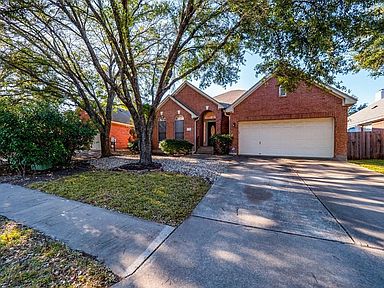
At the time, in 2014, they were a new organization. LFF is social impact farmland investment group that focuses on helping early stage farmers gain secure access to farmland. Three years into our farm search, we connected with a group called the Local Farms Fund (LFF). This combination proved extremely difficult to find, especially since affordability and long-term secure access to the land were two other important criteria. Starting in the fall of 2010, we eventually found and moved onto Featherbed Lane Farm in the spring of 2015. A few of our search criteria for the "right farm" included: a minimum size of around 50 acres that would ideally combine farm fields and non-farm habitat, high quality soils, a home and farm buildings that were ready for use, and close proximity to Saratoga Springs. We took nearly five years searching for the right farm. And we will be improving the farm's trail networks as well as offering guided nature walks and other on-farm events so that our CSA members can enjoy the wildlife that calls Featherbed Lane Farm home.

We will also manage habitat for habitat's sake. Other habitat management practices will include the management of hedgerows and forest edges to provide shelter for wildlife while also serving as food sources for livestock and wind breaks that benefit crops and farm structures. We will be planting wildflowers and in other ways encouraging populations of pollinators and other beneficial wildlife. Wherever possible, we will work to integrate habitat management into our farm production practices. Habitat management is very important to us at Featherbed Lane Farm.Agroforestry and silvopasture, as well as open field farm production, can all be done in ways that benefit wildlife while also yielding great food. We are in the very early stages of developing a silvopasture plan for the farm, with the triple goal of removing invasive species, improving habitat and providing great grazing opportunities for our livestock - likely pigs, goats and/or sheep. Silvopasture is a practice that combines forest management with livestock grazing. Over time, mushrooms, ginseng and other forest crops and products will be added. In itial agroforestry production at Featherbed Lane Farm will focus on harvesting and managing for wild edibles in the farm's forests. We, our employees, everyone eating the farm's produce, the farmscape and the farm’s bottom line all benefit from avoiding or minimizing their use.Īgroforestry is a term that encompasses the production of forest crops, such as tree harvests or maple syrup production as well as mushrooms, wild leeks and more. When they are used, we use them sparingly, in consideration of the National Organic Standards and in conjunction with more biological controls and Integrated Pest Management practices. In general,we try to use neither of these products. Another benefit of on-farm diversity and rotations is they create conditions for healthier crops, which leads to increased yields.ĭiversity and rotations are also employed to minimize or completely remove the use of pesticides and herbicides. We rotate when and where these crops are grown and when and where the animals pastured, both within a year and from year to year.ĭiversity and rotations help to avoid or diminish pest pressures as well as maintain and increase soil health and animal health. We grow a diversity of crops and raise a diversity of livestock on the farm. Plants and livestock - Diversity and ROTATIONS

When we do irrigate, we aim for efficient and targeted use of water to benefit the crops and soils and to suppress the weeds. Our preference is to build up a high level of organic matter and to select for crops that do well under less coddled conditions. However, we prefer to irrigate as little as possible. Irrigation in the fields can be critical to ensure crop health and quality. In our compost piles, we mix in bedding from horse stalls, vegetable scraps, wood ash and other organic materials. Particularly when combined with cover crops, manure and compost are integral to any long-term and balanced approach to soil health. Manure is sometimes applied fresh to pasture or hay fields, or to vegetable fields that are in fallow, but we primarily apply manure that has been composted for up to or over a year. M anure and compost are very valuable soil amendments.

The use of cover crops - such as legumes, buckwheat and tillage radish - builds soil organic matter, suppresses weeds, addresses nutrient deficiencies, and improves the soil's drainage and tilth.

COVER CROPS, COMPOST, MANURE & IRRIGATIONĬover crops are plants grown in a field to support the field's health rather than for their own harvest.


 0 kommentar(er)
0 kommentar(er)
